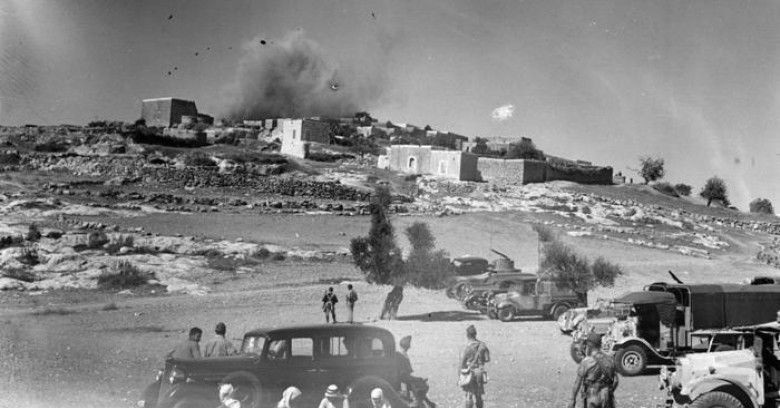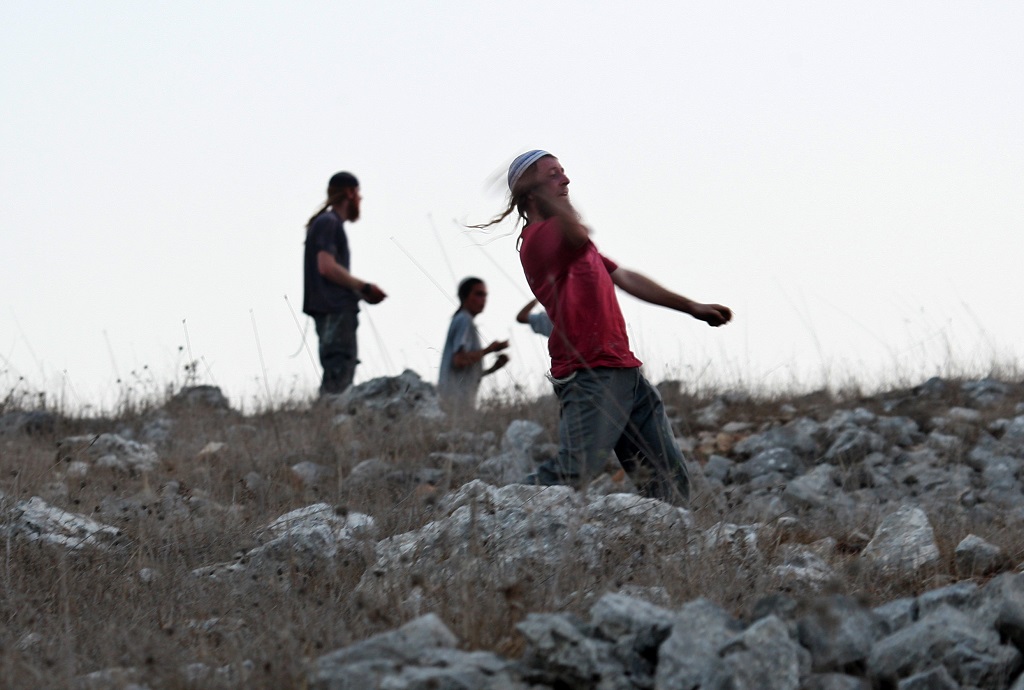PCBS: Population Density Reaches 646 Persons/km<sup>2</sup> in mid 2006 in Palestinian Territory
RAMALLAH, June 4, 2006 (WAFA)- Palestinian Central Bureau of Statistics (PCBS) revealed that the population density in the Palestinian Territory will reach 646 Persons/km2 in mid 2006 .
In a press release issued Sunday on Palestinian Environment on World Environment Day, PCBS said that there will be 432 persons/km2 in the West Bank (WB) and 3,956 persons/km2 in the Gaza Strip (GS).
As for the agricultural land of the Palestinian Territory, results showed that is mainly comprised of land cultivated with permanent crops, which constituted 77.5% of the total agricultural land in 2004.
"The data of 2005 showed that 184 localities in the Palestinian Territory do not have a public water network (31% of total localities, and 220,763 persons), which represent about 6.0% of the total population in the Palestinian Territory," PCBS added. "The main source of water for the localities connected to the network was the Israeli source (Mekorot) (for 29% of the localities connected to a water network."
Concerning households, PCBS pointed out that the results showed that 90.5% of households in the Palestinian Territory in 2005 are living in housing units connected to a public water network, distributed by region as 86.7% of households in the WB, and 97.9% of households in GS.
"Results showed that 5.4% of households in the Palestinian Territory depend on household water wells," it said. "The quality of water is varied between good and bad. Results show that 54.0% of households in the Palestinian Territory consider the water quality to be good, this percentage increases to 81.3% in the WB, and decreases to 6.2%in GS."
"The results showed that a wastewater network was used to dispose wastewater by 44.7% of the households in the Palestinian Territory in 2005, and 67.9% of the economic establishments in 2004," the press release stated. "27.8% of the localities in the Palestinian Territory did not have a solid waste collection service."
As for the number of dumping sites in the Palestinian Territory, PCBS said that there was 164 in 2005, of which 161 are in the WB and 3 are in the GS. None of these dumping sites are monitored by the Ministry of Health (MOH).
"The estimated daily amount of household solid waste produced in the Palestinian Territory was 2,728 tons. The average daily household production of waste in the Palestinian Territory was estimated to be 4.6 kg: 4.4 kg in the WB and 5.0 kg in GS," it said. "The estimated monthly amount of medical wastes produced from the health care centers was about 860.3 tons."
PCBS pointed out that the total amount of green house emissions in the Palestinian Territory from all sources was estimated around 2,456.5 thousand tons during 2003, whereas the total amount of emissions from the non methane volatile organic compounds NMVOC was 14,436 tons.
"The Effect of the Israeli measures on the Palestinian Environment The Israeli occupation's intention had been to destroy the Palestinian environment and deplete the Palestinian Natural resources," it pointed out.
PCBS revealed that from the beginning of the occupation, more than one million trees and one million Donums of agricultural lands were destroyed and more than 288 artesian wells and additional water resources were deliberately polluted. "Today Israel is controlling more than 85% of the Palestinian water resources, and because of that, Palestinian per capita drinking water decreased to less than 90 cubic meters per year."
PCBS pointed out that during the last four years Israel established and began building the Apartheid Wall on (WB) lands. The wall was started in 2002, and extends inside the ðWB more than 400 meters in some areas.
"This wall will seize, close, and isolate huge areas of land (349,000 Donums, beside destroying and isolating more than 90 wells in the WB and a large number of springs," PCBS concluded.
M.H. (13:56 P) (11:56 GMT)










